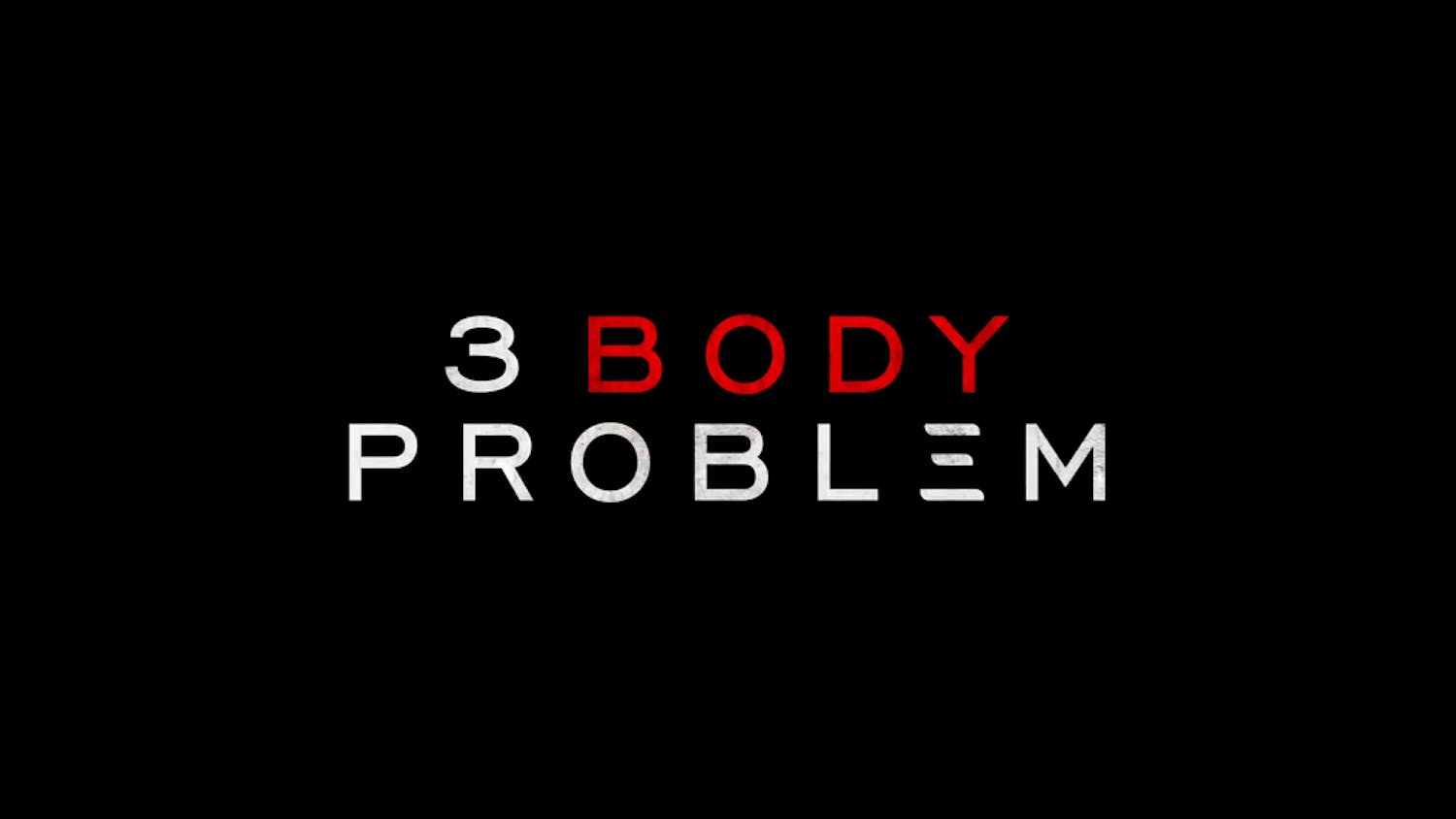A great gallery won't turn bad art good, and even great art can't improve a bad gallery. The problem with the Tufts Art Gallery's first show of the year, a retrospective survey of the work of Vietnamese-American artist Dinh Q. Lê, is the dissonance between the pieces on display and the space in which they are displayed.
The survey collects mid-career pieces from the 41-year-old artist who migrated with his parents from Vietnam to the United States in 1979. He would later return to his home country in 1996. His pieces are thus a product of globalization; he mixes the modern sheen of digital and commercial photography with traditional Vietnamese weaving techniques.
The majority of works in "A Tapestry of Memories: The Art of Dinh Q. Lê" are the artist's woven photographs, combinations of multiple images culled from television, movies and advertising meshed together into a shifting landscape of the staring faces of soldiers, religious imagery and product logos.
Lê often draws on the gap between the two cultures in which he has lived. He takes freeze frames of movies and iconic works of photojournalism from Western media that present an American view of Vietnam, often seen strictly through the lens of the Vietnam War. The artist's strongest pieces in the show engage directly with this process of Americans remembering their own past, hence this "tapestry of memories."
Making movies, taking photographs and saving images are all part of our own way of remembering ourselves. Art is often a time capsule of history; within a piece one can find the distilled essence of the time in which it was made. As such, Lê's best art reaches from the present back into the past, accessing issues that we are often not comfortable remembering ourselves — issues that are not fully integrated into our present or into our history books. Lê takes an active step toward integrating them.
"Persistence of Memory #9" and "Persistence of Memory #10" are hazy images that move in and out of comprehension. The pictures' surfaces shift uncomfortably under the viewer's gaze — heads and faces of deep blood-red against a landscape of orange shot through with white. It's a picture of fire, with flame-yellow, gun-toting soldiers marching against old photographs in gray. The rectangular units of the artist's weaving technique bring to mind the pixels of the digital age, boxes of pure color thrown together in a net that coalesces into an eye witnessing horrors.
The pictures Lê chooses are of dissolution as well as recreation as they end up disintegrating into his weave of imagery. They become blanked out with white boxes of cross-weave and disappear as they flow into and collide with other images. What they recreate is a little of the sense of the uneasiness of memory — the memory of past violence that slips away and the memory of a scar being made.
Lê's focus on viewing Vietnam both as the ‘other' and as a part of himself is a worthy topic. A few works at the exhibition's opening, however, show the artist not having settled yet, using his weaving technique to great effect but leaving the appropriated imagery vapid and empty.
"Doi Moi (Napalmed Girl)" interweaves the iconic image of girls straggling down the road after the Hiroshima bomb blast of World War II with junk food labels. Looking at it, the combination of imagery feels worse than inappropriate; it feel like the artists wanted to shock people with little regard for depth or meaning. The same emptiness is felt in the artist's appropriation of Renaissance painting; it's just playing conceptualism by the numbers.
But despite the strength of most of the work, the show is disjointed. The gallery installation is slapdash with uneven walls and strange distances. It almost entirely lacks a sense of forward momentum, save for the front gallery. Even then, the center of the first gallery is taken up by a projection screen, which is entirely too distracting and actively takes away from the work in the gallery.
This exhibition was organized by the Bellevue Arts Museum in Bellevue, WA. It shows that "A Tapestry of Memories: The Art of Dinh Q. Lê" was not developed specifically for Tufts, and that there was not enough work put into the transition. This is a failing of the gallery, not the artist. Seeing the show re-installed would do so much more for the work as well as the Tufts University Art Gallery.
--
A Tapestry of Memories: The Art of Dinh Q. Lê
At the Tufts Gallery through March 29
Aidekman Arts Center
40R Talbot Avenue, Medford, MA 02155
617-627-3518





